Search The Collection
Filter By
Crossbows
Geographic Location
Date / Era
Department
Show Only:
- As part of the Met's Open Access policy, you can freely copy, modify and distribute this image, even for commercial purposes.API
Public domain data for this object can also be accessed using the Met's Open Access API
Objects with changed or unknown ownership in continental Europe between 1933-1945. Learn more
Showing 88 results
Sort by:
Japanese
ca. 1615–1868
Chinese
206 BCE–220 CE

southern German or Tyrolese; cranequin probably German or Swiss
crossbow ca. 1600–1650; cranequin dated 1556

probably Italian
ca. 1575–1650
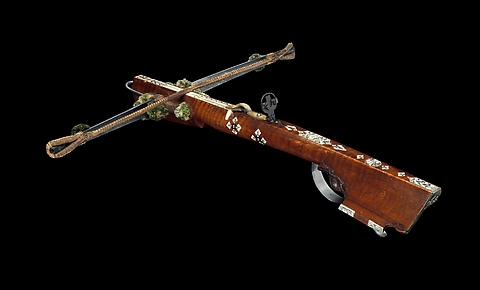
German, Dresden
1728
Chinese
19th century
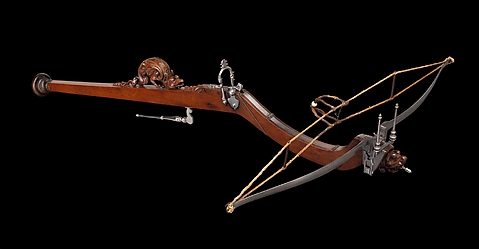
probably Italian or French
ca. 1550–1600
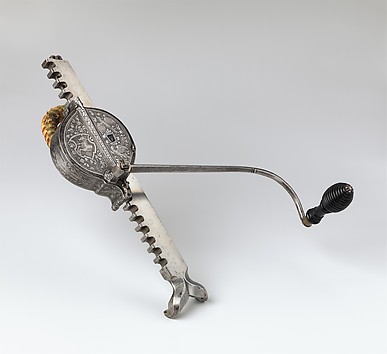
German, Nuremberg
ca. 1570–90
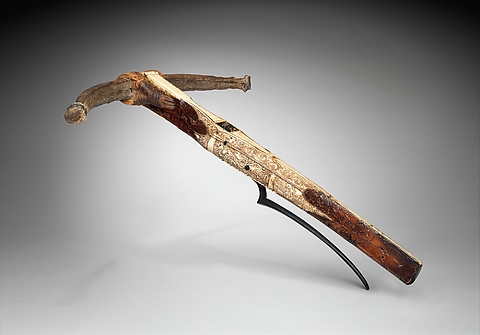
Central or Eastern European, possibly Vienna
dated 1489
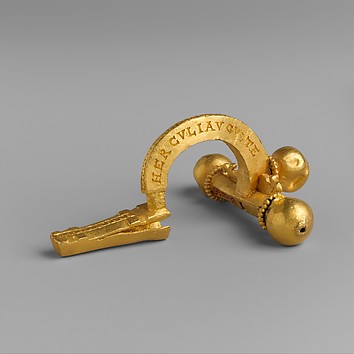
Roman
286–305 CE or 306/7–308/9

crossbow, possibly Bavarian; cranequin, probably southern German
crossbow, ca. 1560–80; cranequin, first half of the 16th century
Chinese
probably 19th century
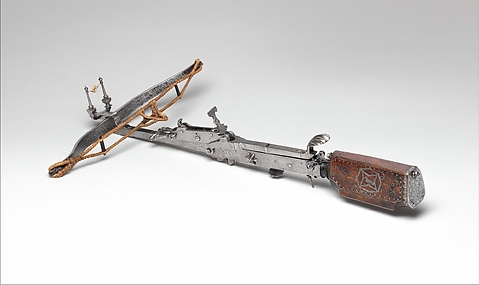
German
ca. 1600–1650
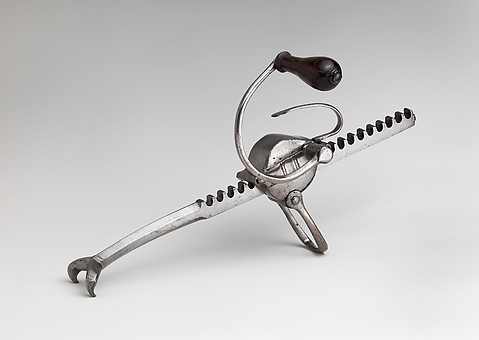
Western European, probably Spanish
16th century
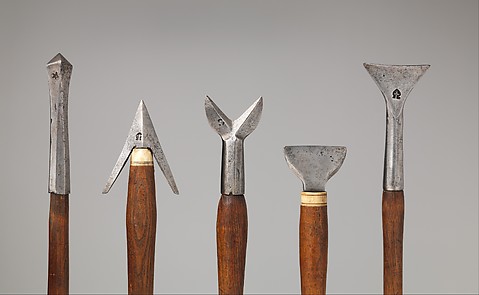
Central European; German or Austrian
probably late 15th or early 16th century
Chinese
5th century BCE–1st century CE
Central European
probably 15th century
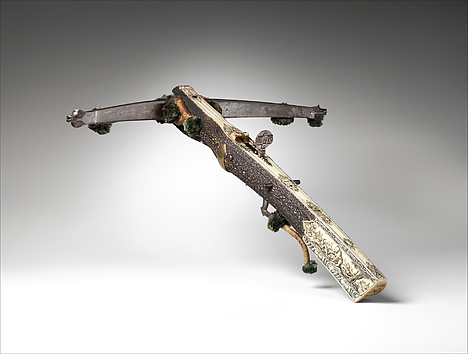
Johann Gottfried Hänisch the Elder
dated 1742
Possibly French
17th century
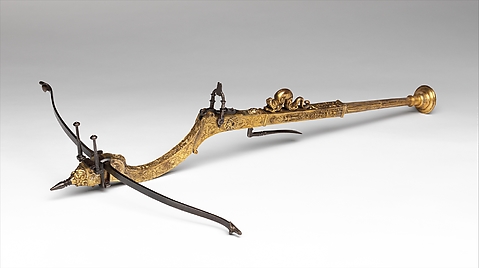
probably French, possibly Paris
ca. 1850–90
German
17th century
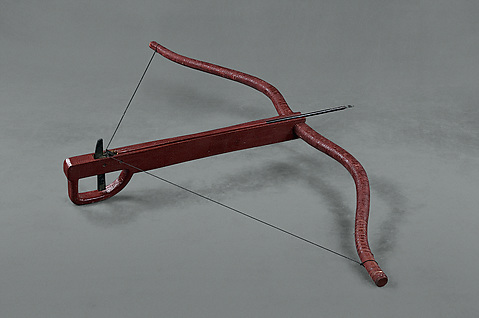
China
Original: Qin dynasty (221–206 BC)
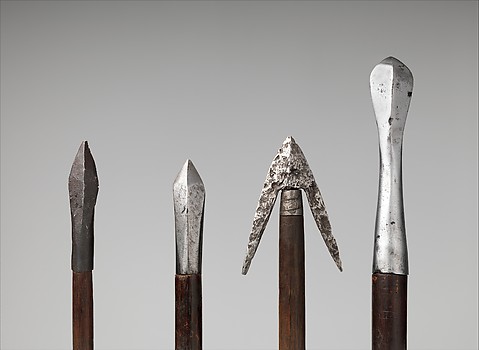
Western or Central European; j, possibly Switzerland
15th–17th century; j, probably 15th or 16th century
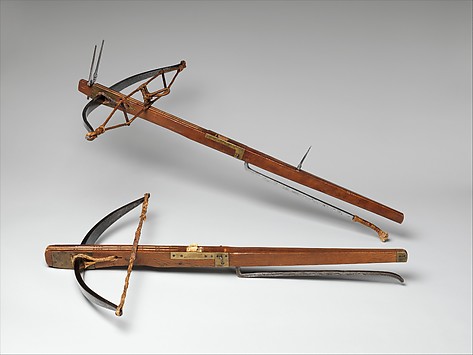
Spanish, possibly Valencia or Toledo; lever possibly Madrid
crossbow, ca. 1540–60; spanning lever, ca. 1525–75

Central European, possibly German
early 16th century; 14.25.1576g, probably 17th or 18th century
Japanese
19th century
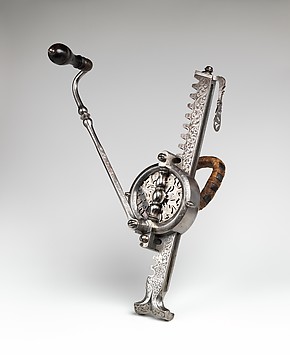
German, probably Nuremberg
dated 1727
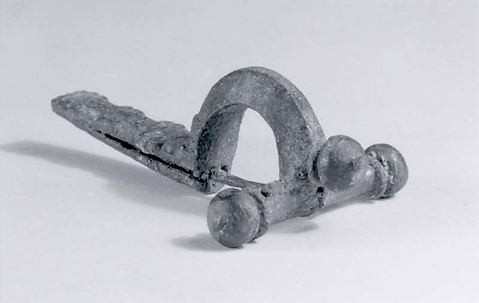
Roman
ca. 3rd–4th century CE
German
ca. 1580
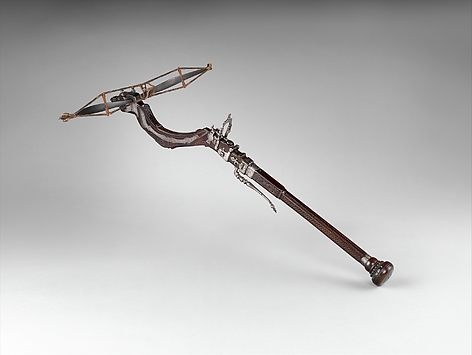
Italian or possibly Southern German
probably 1550–1600
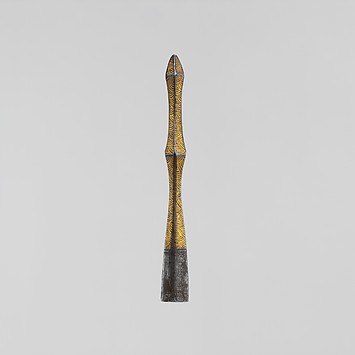
Tibetan
17th–18th century
Indian
19th century
European, possibly German
probably 16th century
European, possibly German
probably 16th or 17th century
German or Austrian
late 15th century
German
16th century
Indian, Assam
19th century
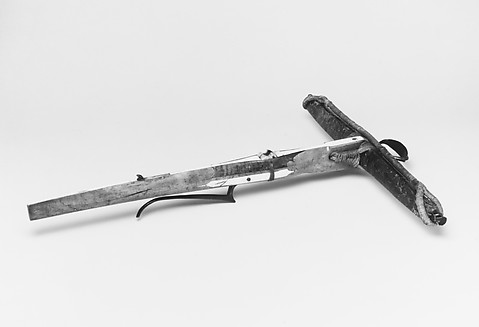
German, possibly Austrian
15th century
European, possibly German
probably late 16th or early 17th century
European
16th century